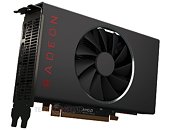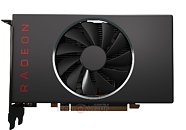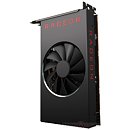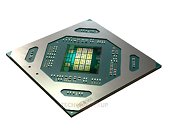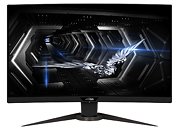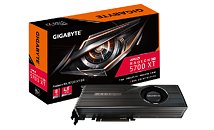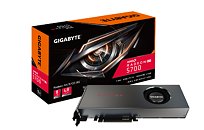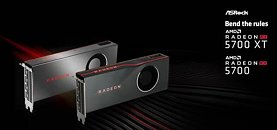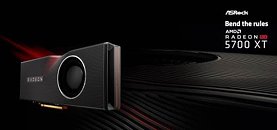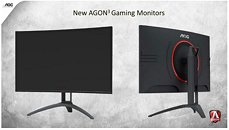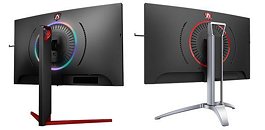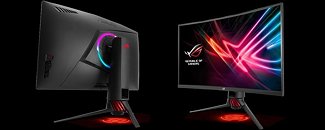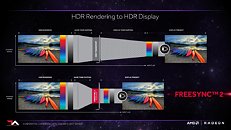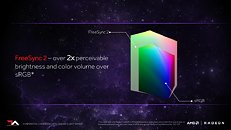
AOC Launches the AG273QX Gaming Monitor: 27" VA, 2560 x 1440, 165 Hz, FreeSync 2, HDR 400
AOC today launched the AG273QX, a flat panel gaming monitor (meaning there is no curve, which makes sense due to the usual 16:9 aspect ratio). The AG273QX sports a 27" diagonal with a VA panel, sporting a resolution of 2560 x 1440 and a 165 Hz refresh rate. This refresh rate is mated with support for AMD's FreeSync 2, which makes an appearance due to this monitor also being HDR capable - though at the lowest end of the spectrum, with its HDR 400 certification. With its 1 ms response time, this monitor seems to have all the claims to fame. Sadly, it only sticks to the Adobe sRGB color space with 99% coverage - no DCIP-3 here.
FreeSync 2 HDR means this monitor supports low-latency HDR tone mapping, and LFC (Low Framerate Compensation). AOC are pushing this as a 3-side frameless design, which means that the display should go all the way towards the bezels. If you want to carry this monitor to LAN parties, there's a carrying handle, and the monitor also sports double headset holders in the design. There's an RGB lighting ring on the back of the panel. Connectivity-wise this monitor sports a 4x USB 3.0 HUB, 1x Headphone out, and video inputs are taken care of by 1x VGA, 1x DisplayPort 1.2, and 1x HDMI 2.0. The AOC AGON AG273QX will be available in November 2019 at an MSRP of £439 / €489.
FreeSync 2 HDR means this monitor supports low-latency HDR tone mapping, and LFC (Low Framerate Compensation). AOC are pushing this as a 3-side frameless design, which means that the display should go all the way towards the bezels. If you want to carry this monitor to LAN parties, there's a carrying handle, and the monitor also sports double headset holders in the design. There's an RGB lighting ring on the back of the panel. Connectivity-wise this monitor sports a 4x USB 3.0 HUB, 1x Headphone out, and video inputs are taken care of by 1x VGA, 1x DisplayPort 1.2, and 1x HDMI 2.0. The AOC AGON AG273QX will be available in November 2019 at an MSRP of £439 / €489.



